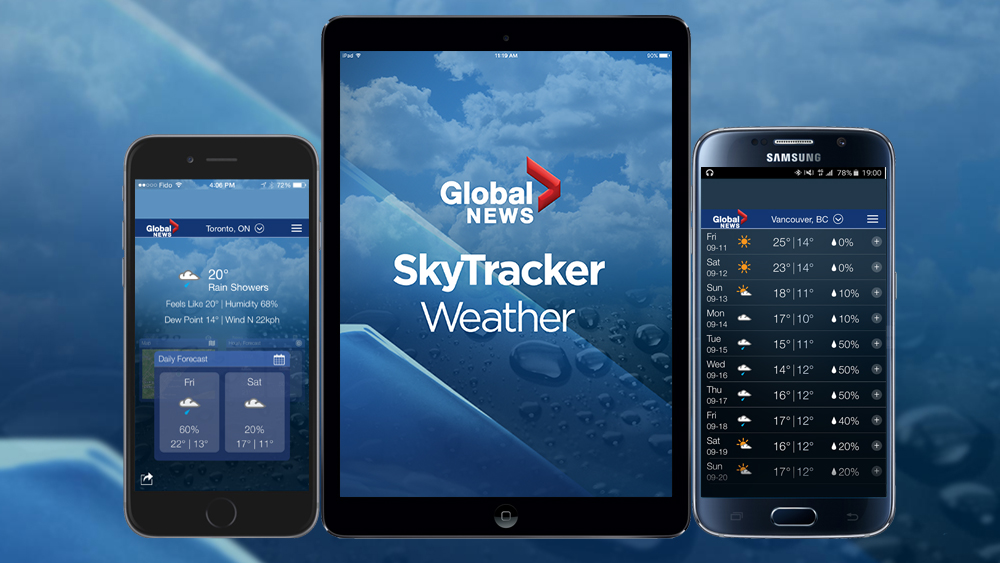

It’s as if they weren’t sure what question users will have on their mind, so they answered a few at the same time: The Apple weather app gives me a nice view on the next few hours, but also tries to tell me what’s going on the the next few days, and again shows the highs and lows but doesn’t add context to them. But do they do a better job with the same data? Slightly. You may notice Apple uses TWC data, going back to the point about making choices on what to surface and how. Let’s see what answer I get if I open up Weathertron:Īgain, a few seconds apart, and still the data in Apple’s weather app, which comes from TWC, is different. Looking at my own habits I can say that I usually open my weather app in the morning with this question in mind: I have a question on my mind or, in Jobs-to-be-Done speak, I have a job I am hiring the app for. The answer lies not only in how they look or how accurate they are, but mostly in the context: Every time I open my weather app I do it in a specific context.

It didn’t take me long to decide I prefer Weathertron, but it took me a while longer to realize why. Personally, I think there is a clear winner here. And each app makes a choice, or rather a set of choices: What data should it show on the first screen? And on secondary screens? How should the data be visualized? The choices made by the two apps you see above are clearly very different. Is one of them better than the other? Go ahead, take your time.īoth apps, and many other like them, are the same in that they take a whole lot of meteorological information, analyze it, and try to convey it to me, the user. On the left is The Weather Channel app (though it could be any number of other apps which mostly look the same) and on the right is Weathertron. Or “degrees” as the rest of the world calls them.


 0 kommentar(er)
0 kommentar(er)
